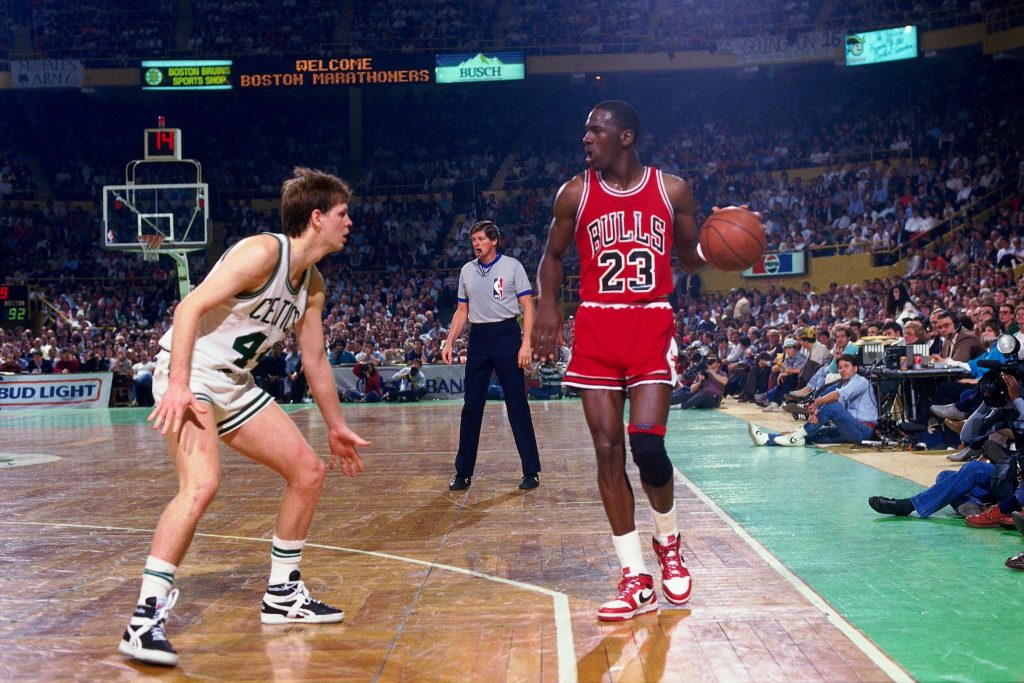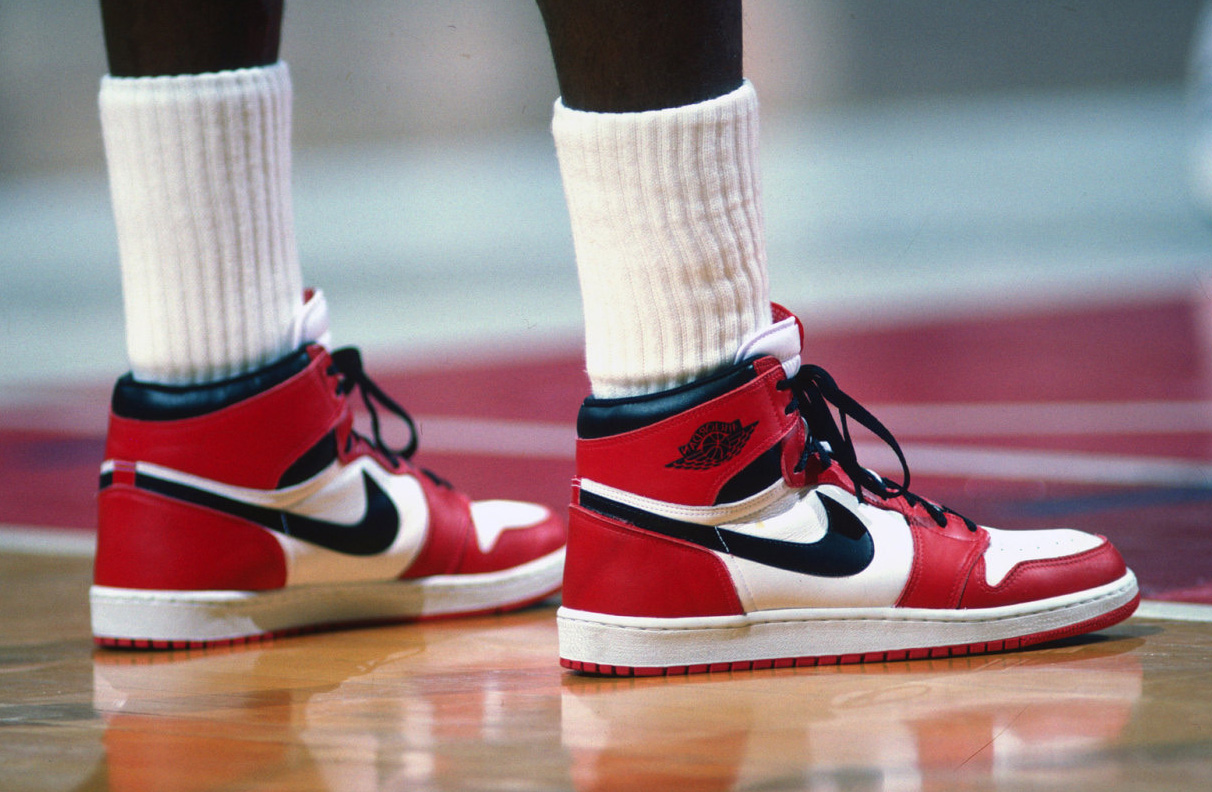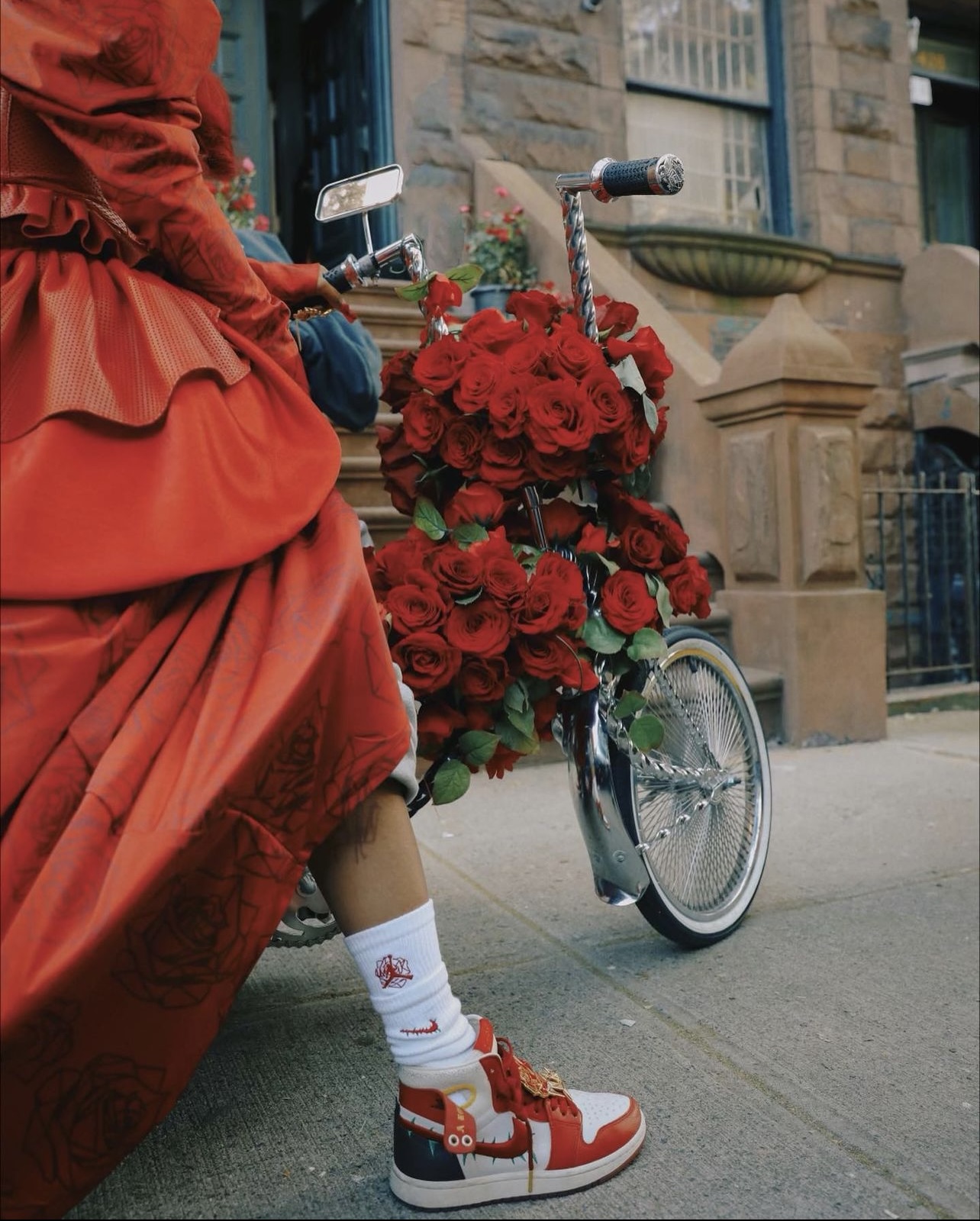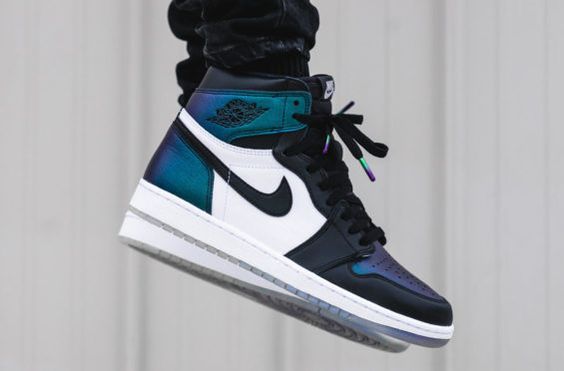If you’re a basketball fan, you’ve been revelling in the 10 part documentary series on Michael Jordan and the Chicago Bulls’ quest for a sixth NBA Championship in 1998. Every Monday, two new episodes are available for viewing on Netflix, and we’re immersed in the world of one of the greatest sports figures the world has ever known, and certainly the greatest basketball player ever.
Serving as a career retrospective, the story is told against the backdrop of the infamous 1998 season but periodically throws back to different points in his (and his teammate’s) career to give context. Episode 5 of the series tells the story of the Air Jordan brand; how it came about and the significance of certain moments in developing the brand. Key to understanding the significance of the brand is understanding the backdrop against which it was developed.
Converse’s Chuck Taylor is the shoe adorned from pantsulas in the hood (coupled with a Dickies chino and a white BVD) to creative directors with a flair for the rolled-up beanie. The history of the shoe, however, begins in 1917. Named after Charles “Chuck” Taylor, a basketball player for the Akron Firestones, the All Stars were the first mass-produced basketball shoe in North America. From the 20s all the way through to the 70s, Converse dominated the basketball shoe market, so much so that Jordan’s agent approached them first when expanding the young athlete’s profile to include a shoe deal. Jordan himself wanted a deal with Adidas, but because the death of its founder (Adi Dassler) had thrown the brand into disarray in 1978, they couldn’t offer Jordan a deal that was appealing to him. “Adidas distributors wanted to sign Mr. Jordan”, an Adidas distributor at the time told the Wall Street Journal. But executives in Germany decided shoppers would favor taller players and wanted to sponsor centers, the person says, adding: “We kept saying, ‘No—no one can relate to those guys. Who can associate with a seven-foot-tall guy?’”
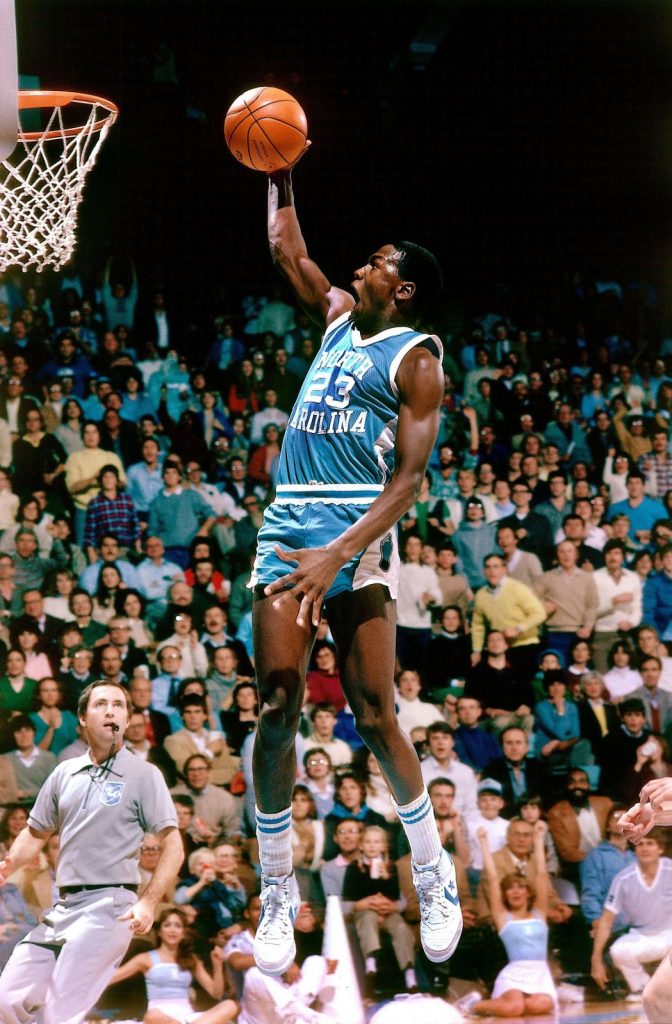
Enter Deloris Jordan, Michael’s mother. According to Jordan, he had no interest in Nike as a brand and his mother forced him to take the meeting. “My mother said ‘You’re going to go listen. You may not like it, but you’re gonna go listen.’ And she made me get on that plane and go listen.”
Represented by David Falk, who’s company had gotten signature product deals for Arthur Ashe and Stan Smith, Jordan walked away with a shoe and clothing endorsement deal that was unheard of in the NBA. Kareem Abdul-Jabbar sits at the top of the NBA’s all time leading scorer list with 38,387 points scored over the span of his 20 year career. In 1984 (the year Jordan signed his Nike deal) Abdul-Jabbar broke Wilt Chamberlain’s record at the time for most career points. He was at the height of his career and one of the most decorated players of all time. Kareem was getting $100,000 a year from Adidas and didn’t have a shoe named after him. As a rookie, Jordan signed with Nike for $2.5 million over a five year period and collected royalties for every pair of sneakers sold.
Nike worked a clause into the contract stating that if Jordan didn’t make the NBA All Star team in his first three years in the NBA, or if the shoe sales didn’t make Nike $3 million in the first three years, they could release him from the contract. In true over-achiever form, Jordan made the All Star team in his rookie year and sold $126 million worth of shoes in the first year alone.
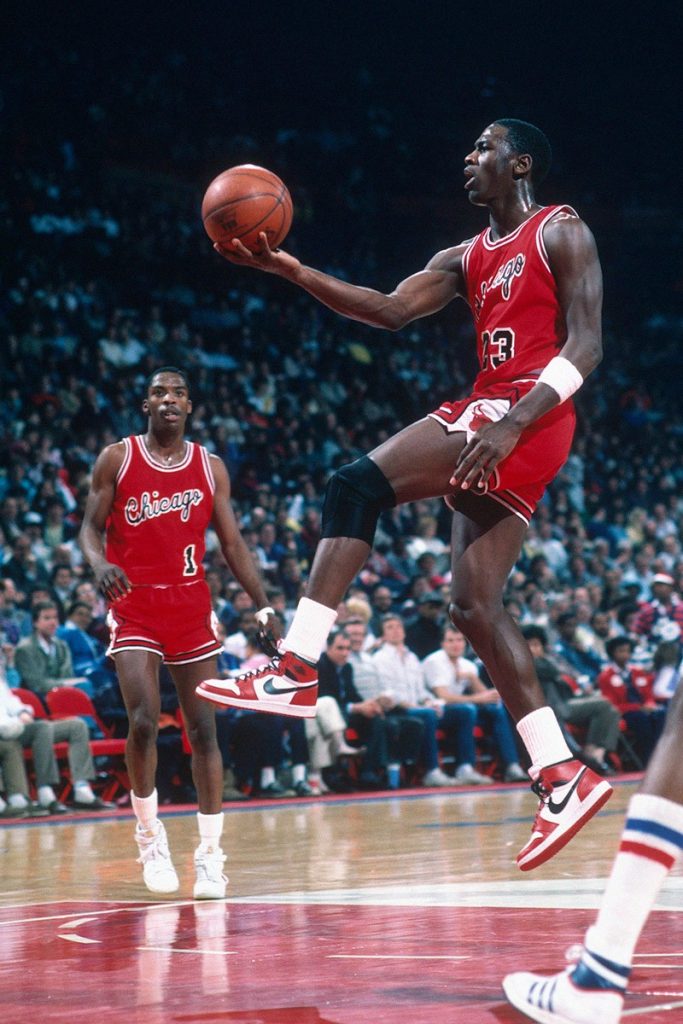
Historically, sneakers worn on court by NBA players had to be at least 51% black or white, with the team colours adding to the shoe’s colour palette. Their “uniformity of uniform” rule also stated that “A player must wear shoes that not only matched their uniforms, but matched the shoes worn by their teammates.” With his Air Jordans in production, Michael began the 84-85 season wearing Nike’s Air Ship; another Nike shoe aesthetically similar to the Jordan 1, and in the same black and red (Bred) colourway that the Jordans were to be debuted with. With his shoes looking nothing like his teammates, the NBA was irked.
With the same gusto that he blocked the Chris Paul trade to the Lakers in later years, NBA commissioner David Stern banned the wearing of ‘certain red and black NIKE basketball shoes’ on court, with Jordan being fined $5,000 every time he did. Nike picked up the tab for the fines and used the debacle as publicity for the release of the Jordan 1s, even though the initial letter was sent after Michael was seen wearing Nike Air Ships and not Air Jordans. His act of defiance sparked a frenzy and they sold $70 million worth of shoes in two months.
Nike eventually developed another colourway, one that coloured within the lines of the NBA’s approval, and is known as the Air Jordan 1 “Chicago.” In 1998, knowing that it would be the last time he played in Madison Square Garden (home of the New York Knicks), Jordan laced up a pair of Chicagos because it was also the first pair of shoes he wore while playing in the garden.
The story goes that they were an original pair that he found at home while cleaning. Since his feet had grown over the years, they were too small by a full size. He laced them up anyway. Innovation in shoes had also come a long way since 1984 so when he walked off the floor in 1998, the shoes were soaked in blood from the beating his feet took. Since the episode of The Last Dance aired, showing the backstory of the “Chicago” colourway, resale prices for the shoe have been through the roof. last released in 2015, the retail value of the shoes at the time was $160. The past few days’ trading had the resale value on StockX peak at $1,700.
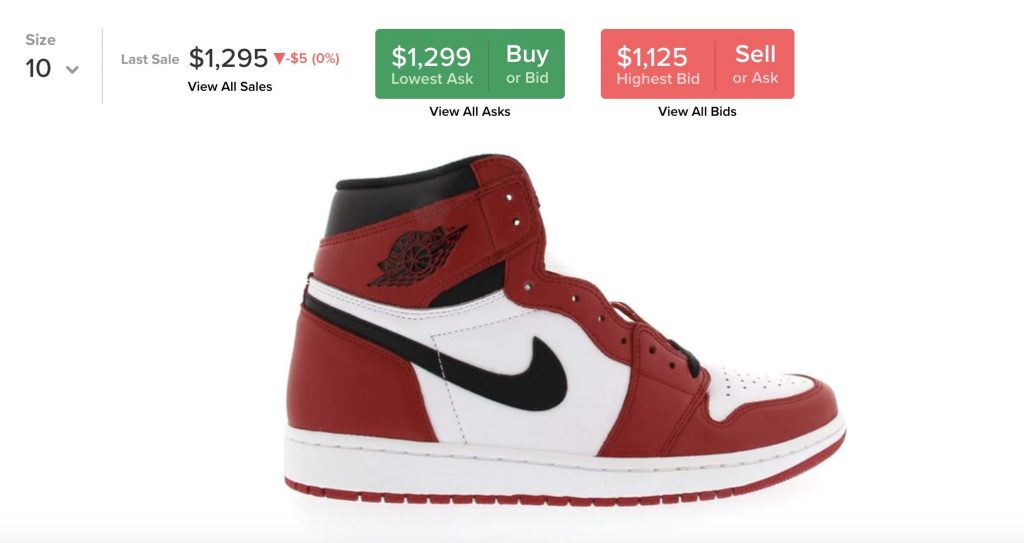
He scored 42 points at the Garden on that day in 1998, with Spike Lee (a long-time Knicks fan) courtside. Spike had worked with Nike to produce Jordan television commercials, and he also featured the sneakers heavily in the films he produced, saying “My first film was called She’s Gotta Have It. I played a character called Mars Blackmon, and I made sure that Mars be wearing a pair of Air Jordans because Michael is the hero of the youth today.”
Spike also produced Do The Right Thing in 1989, a comedic-drama centred around Brooklyn’s racial tension. A scene from the movie has Giancarlo Esposito’s character’s white Jordans scuffed by biker wearing a Boston Celtics Larry Bird shirt. Being considered in the same hall of fame as the likes of Magic Johnson and Larry Bird had always been a goal of Michael Jordan’s. On the 20th April 1986 he gave a convincing performance against his idol, scoring 63 points in a playoff game against Bird’s Celtics. Jordan had one of the best games in his career wearing a pair of Jordan 1s. It got him into the conversation as a basketball great and prompted Bird to say just after the game “That was God disguised as Michael Jordan!”
